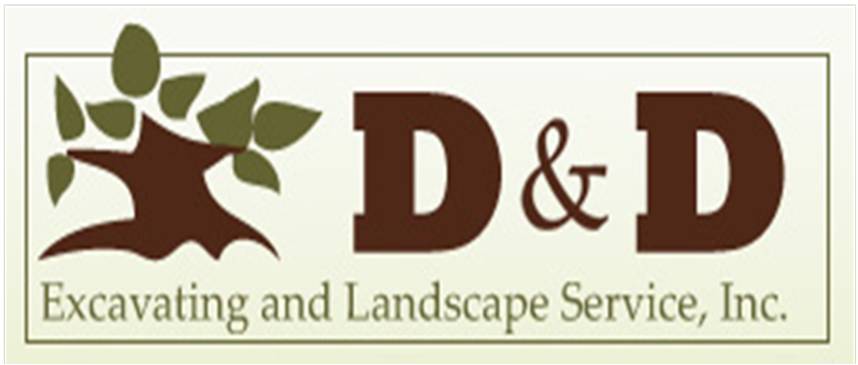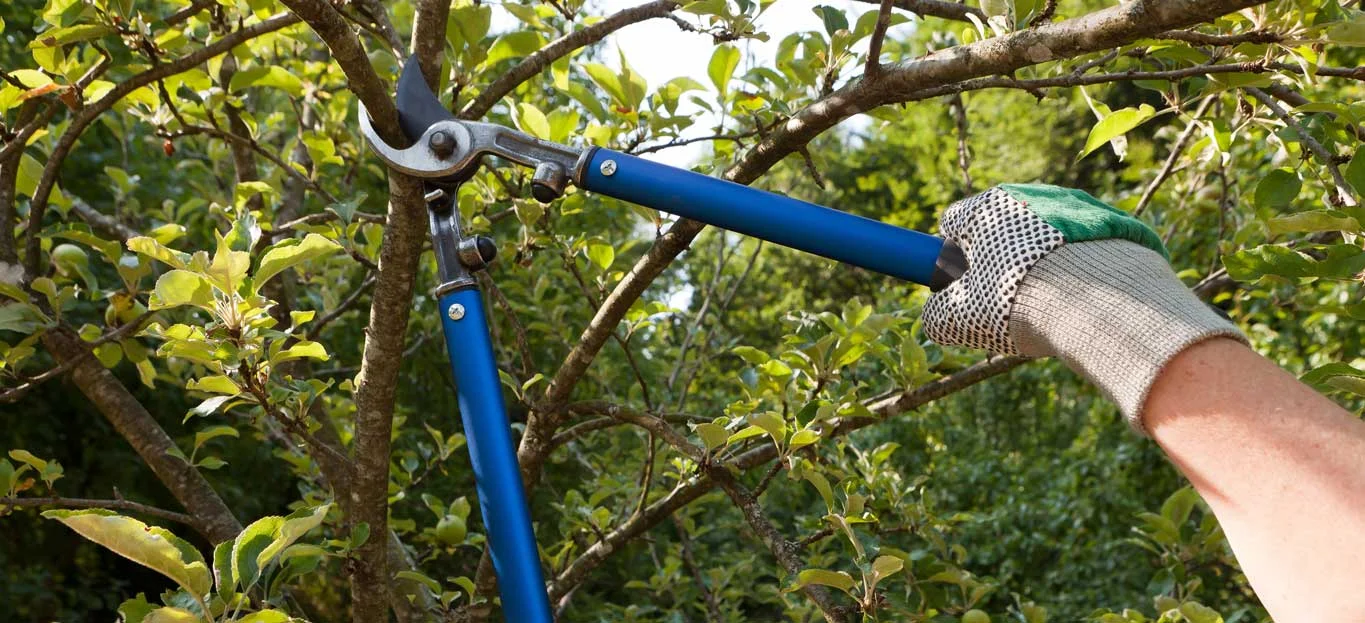Pruning Care
Although the type of pruners can make a difference in a gardeners life easier, when to prune is just as important. Spring is the time to clean up your landscape and get your plants off to a good start. Remove dead tops of perennials, any winter damage on trees and shrubs and lightly shape new plants. Some of your plants may need renewal pruning after 3-5 years, which is the removal of older canes. Remember the early blooming plants have flower buds on them in the spring. You can prune these plants after flowering to maximize bloom display.
Tip: Always use a tool appropriate to the job. Make sure that your pruning tools are sharp and clean, because plants heal quickest when cuts are clean.
Pruning Young Trees
https://www.treesaregood.org/portals/0/docs/treecare/Pruning_YoungTrees.pdf
Pruning Mature Trees
https://www.treesaregood.org/portals/0/docs/treecare/Pruning_MatureTrees.pdf
Why Topping Hurts Trees
https://www.treesaregood.org/portals/0/docs/treecare/WhyToppingHurts.pdf
Proper plant selection and placement in the landscape will greatly reduce the need for major pruning!
Pruning Shrubs
Things to know about each shrub prior to pruning:
What it is/ When it flowers
Growth Habit: mature height, mature width, form, growth rate, longevity
Aesthetics: foliage, growth habit, flowers, fruit, fall color, bark, branches
Function: street tree, accent, specimen, hedge, barrier, border, edging, foundation, mass, screen, windbreak, groundcover, vine
Root Pruning
Root pruning is the process of slicing through the roots at the drip line of an established tree that is going to be dug and transplanted. (Click on link below to continue)
Resources:
Fox Valley Technical College of WI Landscape Instructors


